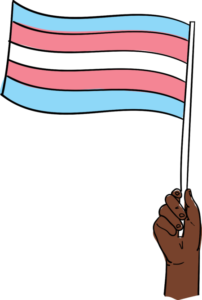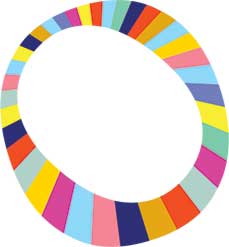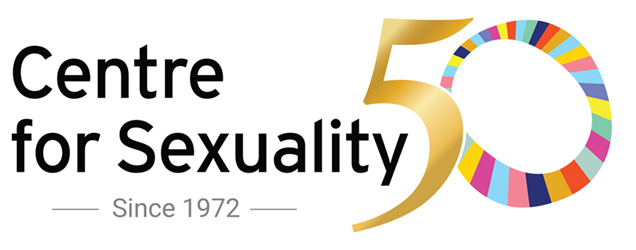Transgender
If someone is transgender this means that the gender they were assigned at birth does not fit for them. Transgender people include people born with a vulva who know themselves as male, people born with a penis and testes who know themselves as female, and non-binary people who identify as ‘genderqueer’ or gender neutral and/or gender free (people who do not identify as either male or female).

Being transgender is as normal as being human. Most cultures have stories of transgender people in their histories. Just like today, there are stories of celebrating transgender identities but also stories of discrimination. If you haven’t heard of transgender people in history before, this could be a form of discrimination today. Many cultures who have come into contact with the West have erased their 2SLGBTQ+ identities from their history.
Cisgender
If someone is not transgender they are what is called cisgender. Cisgender means that the gender you were assigned at birth fits and feels fine to you. If you have never questioned your gender or, questioned your gender and felt satisfied with what the doctors and your family have always told you – then you may be cisgender.
Most people start to know and understand their own gender around ages 3-5; this includes both transgender and cisgender people. Some people may share their gender from an early age while others may keep it secret if they aren’t sure how others will react. Some youth don’t figure out they are transgender until they hit puberty and the changes they go through begin to cause them stress. As the world becomes a safer more accepting place, we are also seeing middle age and older adults come out as transgender. Only you can know and understand your own gender and can make choices on how and when to share this with others.

